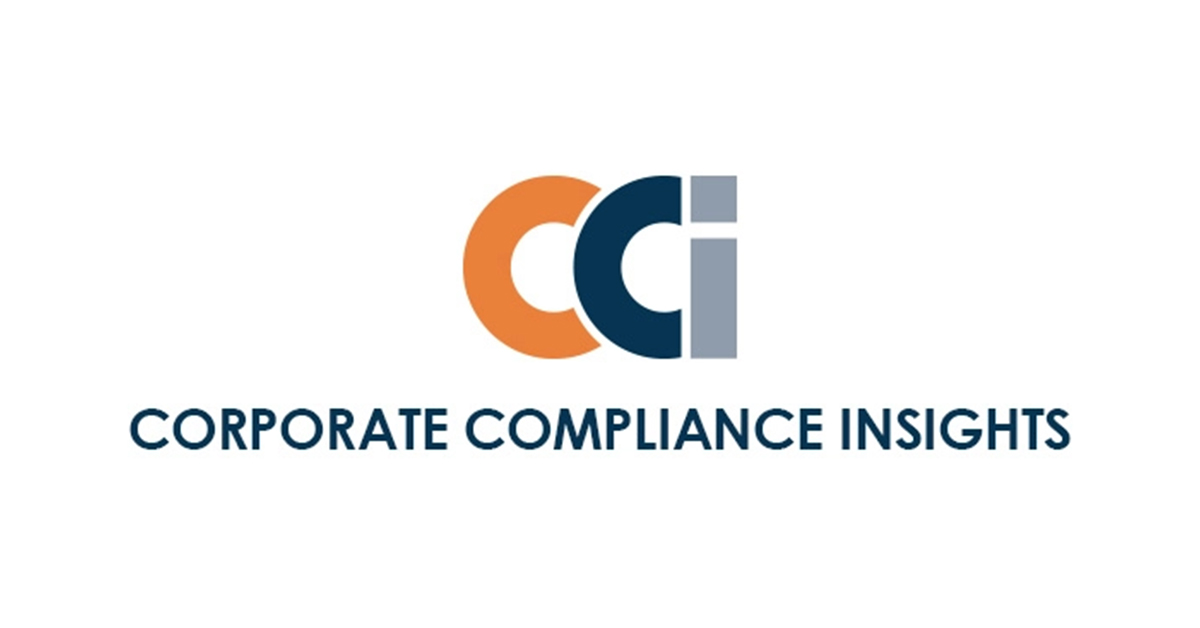In my latest webinar, “The Changing Face of the CHRO” I defined six of the leading factors in employee-related risk management that are out of a company’s control. But just because you can’t prevent them from occurring doesn’t mean you can’t be prepared for them when they do occur. In this series, I would like to define the risks, explain and identify the impact and provide actionable advice on how to take control within your organization.
Part 1: Increased Employment Practices Legislation – What is it and why should I care?
LET’S START WITH WHAT IT IS.
Legislation is a grouping or body of laws. We’re talking specifically about the expanding body of laws surrounding the issues of labor and employment practices, and how that increase is affecting businesses. By and large, labor and employment practices liability consists of protections brought to employees under the Civil Rights Acts of 1964 and 1991, the Americans with Disabilities Act of 1990, the Age Discrimination in Employment Act of 1967, and the Family and Medical Leave Act.
While typically central to most employment claims, the group of legislation is continually being reinterpreted and expanded such as the addition of The Genetic Information Nondiscrimination Act of 2008 (GINA) and the recent passage of the Domestic Workers Bill of Rights in California and similar statutes in other states. And it is likely more will be coming. Several states have proposed legislation on workplace bullying, a provision already in place in several of our neighboring Canadian provinces.
WHY SHOULD YOU CARE?
As the body of employment practices laws increases, the obligation of employers to comply with those laws becomes more complicated. Every new piece of employment practice legislation imposes a new set of responsibilities on employers. If employers don’t purposefully educate themselves on these responsibilities and take action, the results can be catastrophic.
While the word “catastrophic” might sound a bit dramatic, it really is fitting. Labor and employment practices lawsuits are a top concern in business for good reason; they are currently the leading type of pending litigation, representing 48% of cases, according to the FY 2013 EEOC Performance and Accountability Report. Furthermore, 22% of respondents in the Chubb 2013 Private Company Risk Survey said that an employee practices liability would cause the most financial damage to their company, and 25% of respondents reported having an employee related litigation event within the last three years.
The increase in legislation not only represents a threat of costly litigation but non-compliance losses can also gravely damage a company’s reputation and result in a significant loss of productivity.
HOW DO ORGANIZATIONS NEED TO REACT DIFFERENTLY?
We’ve defined the very real threat to businesses and organizations, but what can be done to mitigate this increasing risk factor that is completely out of your hands?
Education
The first step in dealing with this particular risk factor is the acknowledgement of the threat. Employment practices legislation is not the same as it was just five or ten years ago. Claiming ignorance in a court of law simply isn’t going to cut it. To remain uneducated about this matter is to engage in very risky business. So whose job is it to ensure compliance with this myriad of growing legislation within your organization?
Accountability
The Chief Human Resources Officer should lead their team’s education in employee-related risk management. It is the evolving job of the CHRO to act as the facilitator of information and ensure there are best practice tools and training on employment practices compliance.
Process
Once acknowledgement of the threat has taken place and accountability has been assigned, the most effective and defined processes must be implemented to ensure compliance with each and every labor and employment practices legislation. These processes must be a daily concern for company leaders and the entire HR department.
By bringing awareness to the issue of increasing labor and employment legislation, it is our hope that organizations and Human Resources professionals take ownership of their employee-related risk management.
Knowledge is power, and we’ve got plenty of it. Please stay tuned weekly to the HR Acuity blog, for the remaining installments of this series, “Out of My Control — Mitigating Employee-related Risk.”




